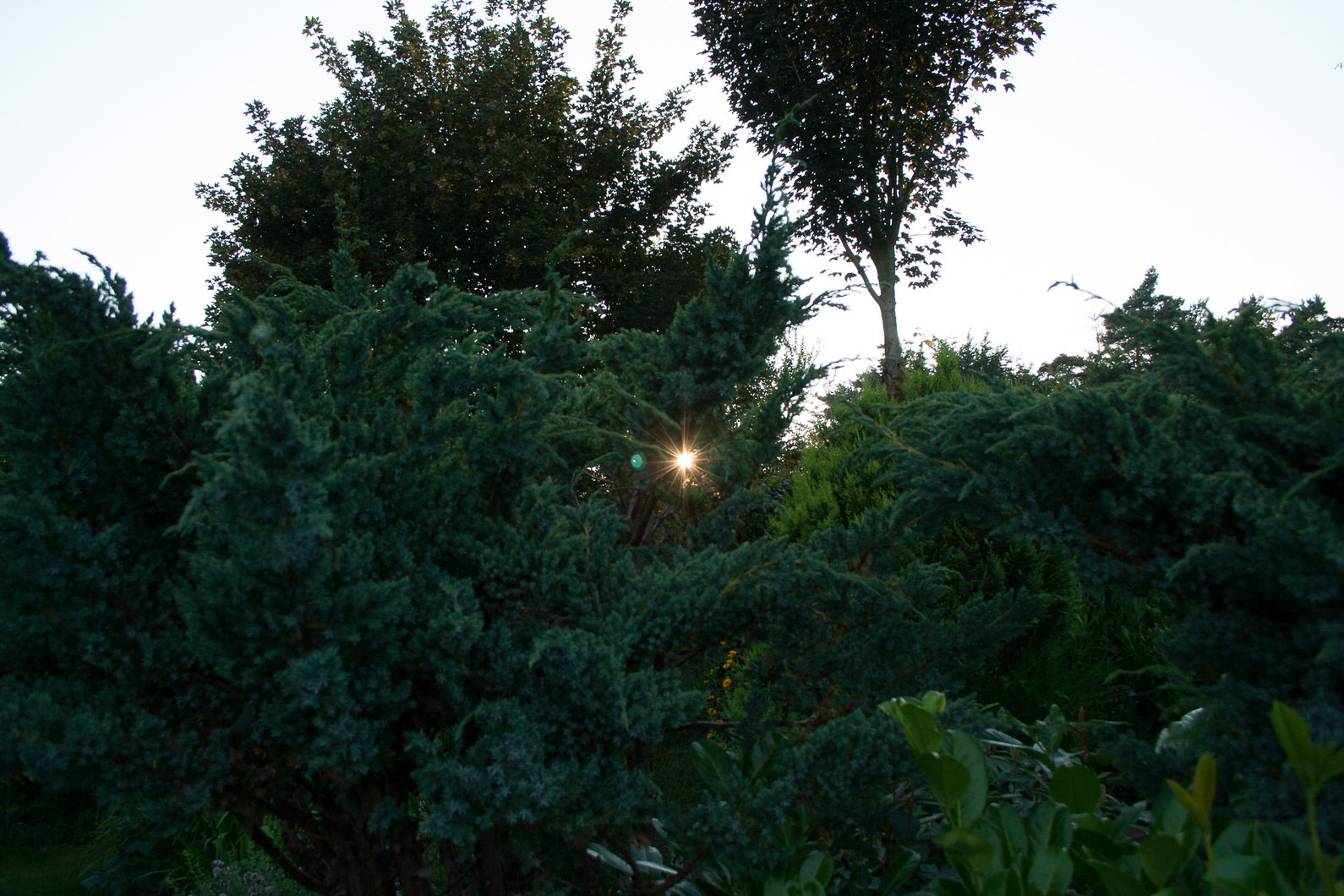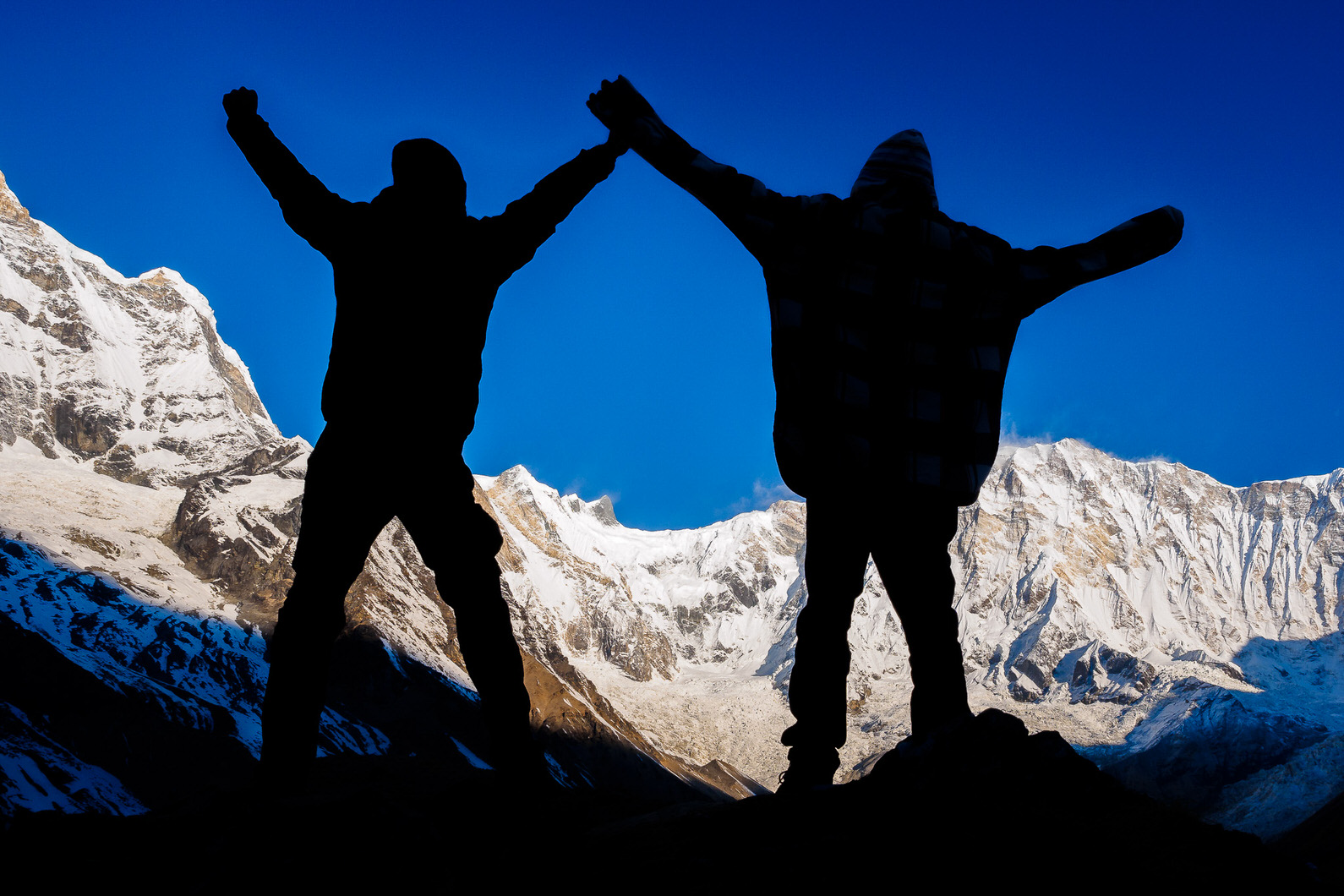Inspiracles Interview: Niklas Möller from Tripaphy
In our interview today we introduce you to the work of Niklas Möller, who shows impressive landscape shots from his travels and covers many exciting topics for photographers in his blog.
Website of Niklas Möller
Blog of Niklas Möller
Instagram of Niklas Möller
Facebook of Niklas Möller
Twitch of Niklas Möller
Please introduce yourself in a few sentences
My name is Niklas, I am 35 years old, a trained computer scientist and self-employed photographer, and a coach for photography. I got into photography with the camera of an acquaintance when I was a counselor at a youth camp. At that time I immediately became interested in photography.
My passion was then really ignited on a trip around the world in 2015/2016, where I tried to focus on photography. At that time I was in Brazil, Iceland, India, and Nepal. Especially Iceland struck me at that time and ignited my passion and the desire to turn my hobby into a profession. On this trip, I also started my blog “Tripaphy”. Back then with a different name and a different focus. Now my main goal is to inspire interest in landscape photography in others.
When did you take your first photo and what did it show?
I took my first photo in analog times. In my teens with my mother’s SLR camera. If I’m not mistaken, it was a few photos of my friends and me in our garden. I took my first photo with my own camera in 2007. A rather uninteresting photo of my parents’ house. This was followed by my first sunstar and a few photos of flowers and cats. Just whatever gets in front of the lens at the beginning.
Where do you get your own inspiration for new photos or photography projects?
I get inspired by many things. Other photographers on Instagram, Pinterest, image searches on the Internet, but also illustrated books and videos of other artists. Not only in photography.
But especially when I want to photograph somewhat more famous places, I try not to browse the Internet too much. Otherwise, there’s a big risk that you don’t get inspired, but start copying the pictures you’ve seen. Most of all, however, I like to simply drift and be inspired by nature. I often go out without really knowing what I’m going to photograph. I roam around and let myself be inspired by nature.
Tell us a bit about your project “Tripaphy” and the blog
Tripaphy was created as a travel blog for my world trip in 2015/2016. At first, I used Tripaphy as a travel diary and these articles can all still be found on my blog (https://www.tripaphy.com/tag/weltreise/). But after the trip, of course, new input was missing and so I thought about it a bit and decided to reposition the blog.
Since then I write mainly to inspire other people to get into landscape photography, to help them discover their own creativity, and to get inspired. Currently, I write fewer blog articles (but that will change soon, I promise!), because my focus is on other projects. However, there is a lot going on in my member’s area for my community.
As a (free) member, you currently get a photo challenge every week, the results of which we then share with each other. By the way, I also like to use the Inspiracles cards as inspiration for these tasks. In addition, there are many other interesting downloads in the member’s area. And that is currently my focus. It’s not (anymore) about becoming the biggest German landscape photography blog. Much more I would like to convey a lot to those who give me their time. And if I then also get a few bookings for workshops or trips, then I’m not complaining 🙂
What specifically drew you to landscape photography?
I grew up in the countryside. To my shame, I must confess: I spent most of my youth playing video games on my computer. I loved to spend my time in imaginative landscape worlds. I think I compensate for this lack of real nature now by my passion for landscape photography. 😅
In fact, on my first trip to Iceland, I saw landscapes that I had previously only known from computer games. That really captivated me and since then I’ve been searching for the fabulous landscapes in this world. In the meantime, I also like to do it right outside my front door because I have since discovered that there are also many fascinating things to discover here.
Do you have any tips for landscape photographers for times when it’s not possible to travel?
We are very influenced and overloaded with fantastic landscapes these days. Be it in movies, computer games, or photographs we see on social media. We often lose sight of the beautiful landscapes right outside our front door. In some cases, they are only a few meters away.
So I can recommend everyone to take a walk in the nearest forest at sunrise or sunset. Germany has so many interesting landscapes to offer that you definitely can not talk about “boring landscape”. You just have to keep your eyes open. Just as you might engage with the local landscape and culture on a trip and view the region from a visitor’s perspective, you should do the same at home. What is special here? What is there to see this time of year? What culture? What else? Just try to see your home as if you were not from there and visiting it for the first time.
If it wasn’t landscape photography, what photographic genre would you probably be in?
That would probably be sports, dance, and maybe even wedding photography.
Every now and then I shoot in these genres. What I like most about these genres are the emotions that can be captured. While I love landscape photography, capturing the emotions of people in an image, being an observer of the moment, and creating long-lasting memories for those people is what I love about these genres.
How important is technology to you when taking pictures?
Technology is a double-edged sword for me. On the one hand, it’s secondary, although I like to engage with the technology to get the most out of the equipment available to me.
I work with cameras from Olympus, which have an MFT sensor format. So a relatively small format. I chose this for my world trip mainly for weight reasons. I realize that there are cameras with a higher resolution or a better dynamic range. However, if you consider that average cameras nowadays deliver better image quality than some professional cameras 10-20 years ago, then there is no camera left with which you can’t take good photos.
On the other hand, technology is important. However, it’s not about getting the best resolution or the largest dynamic range, or even more sharpness. But you have to master your equipment and know how to work with it.
If I know the weaknesses of my equipment and can operate my equipment blindly, then the technology takes the back seat. If, however, I have not yet mastered the technology, do not know what the limits are, and constantly keep my eyes on the display and the camera menu, then the technology becomes an obstacle. That’s why it’s important to get to know your technology better and better.
Which of your images or series moves you? And why? Will you show us?
One of my absolute favorite pictures also hangs as a large picture in my hallway: a picture of an ice cave in Iceland. A self-portrait from my world trip in 2015, this photo shaped my passion for Iceland. At that time, I was lucky enough to get in touch with the Local Guide of the Vatnajökull team (https://localguide.is/) thanks to my training as a software developer. I spent a few weeks with the team and went to various ice caves a few times. It was a unique experience. Especially when you visit the caves that are not overrun by tourist crowds.
Ice caves are subject to constant change. Especially in times of climate change. This series of pictures reminds me again and again how magical and diverse the real world is, how fragile it is and that everyone can do their part to protect it. And be it just a few photos that raise awareness for these things to others.
Is it possible to learn (photographic) creativity?
Short answer: I think so.
I see creativity like a muscle: If I train it, then I strengthen it. If I don’t take care of it, then it atrophies. In other words, if I take care of my creativity, keep setting myself new tasks, and challenging my creativity, then I get better every time I do it.
Just like in sports, there are of course people who seem to have a “talent,” but if you look closely, you will find that there is usually a lot of practice and training behind it. I myself was a total failure in art at school. In the meantime, my art teacher would perhaps see it differently.
If someone asks you how to take “better” pictures: What advice do you have for him or her?
Photograph consciously. That means be aware of WHAT you want to photograph and HOW you want to photograph it. And then take the time to improve this WHAT and HOW.
So don’t be satisfied with your first photo, but reflect on the photo and think about what you can do better. I have also already written an article on my blog about conscious photography, where I talk a bit more about it and explain the four questions that are part of it for me. (https://www.tripaphy.com/reisefotografie-bewusster-fotografieren/)
In doing so, I have a guiding principle: If you don’t look at your own photo for even a second, then you can’t expect anyone else to. So look at your picture and ask yourself the question: Is it the best I can do or can I do it better?
“You have a great camera! Will you bring it to our wedding?” Your answer?
I would love to celebrate and enjoy this day with you.
When I take pictures, it’s a job for me and I don’t feel like a guest anymore. But I can help you to find a good photographer.
Are there any photographers or websites that particularly inspire you and that you would like to recommend here?
Phew, that’s a tough one.
I like to be inspired by places and not by specific people. Whereas for certain regions or topics I already have people from whom I get inspired and motivated.
In the field of weather photography, which as a landscape photographer naturally interests me a lot, it’s the German weather photographer Bastian Werner. (www.bastianw.de)
Since I am currently also very involved with forest photography, I can highly recommend the Dutch photographer Daniel Laan and his e-book “Woodscapes”. (www.laanscapes.com)
One Word – One thought
Social Media – It’s called SOCIAL media, so – dear people – use it that way.
Megapixel – Completely overrated.
Inspiration – Important and good, as long as you don’t copy (except for practice).
HDR – Too much in masses, perfectly okay in limited quantities, and an exciting technique!
Photoshop – A tool in the toolbox, and just like with the real toolbox: I don’t have to use Photoshop or all of its capabilities on every image.
Analogue – Also already knew image editing and manipulation, so not more purist than digital photography (even if the latter admittedly offers us more and easier options).
Thank you
Thank you for your time and the interview









































Recent Comments